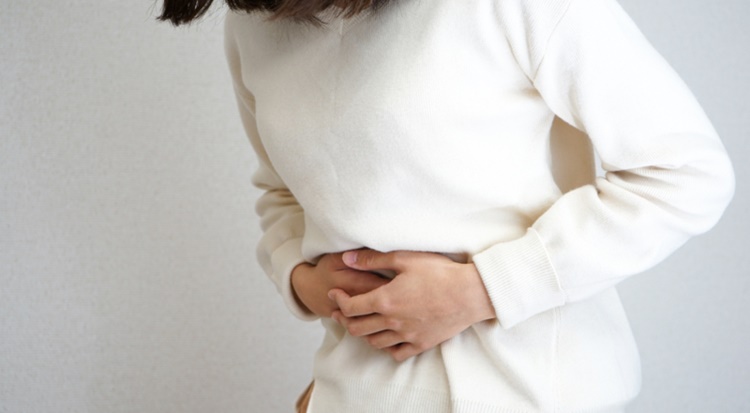Here are the causes, symptoms, and ways to prevent pelvic inflammatory disease
PELVIC INFLAMMATORY DISEASE – This condition is described as an infection of the female reproductive organs and here are the causes, symptoms, and ways to prevent this.

CAUSES
Gonorrhea or chlamydia infections are the most common causes of PID, however, many other bacteria can cause this, according to the article from Mayo Clinic. Usually, the bacteria are acquired during unprotected intercourse. After childbirth, miscarriage or abortion, bacteria can enter your reproductive tract anytime when the normal barrier created by the cervix is disturbed. However, this one is less common.
These following factors can put you at risk to acquire PID:
- Being a sexually active woman younger than 25 years old
- Having multiple sexual partners
- Being in a sexual relationship with a person who has more than one partner
- Having unprotected intercourse
- Douching regularly, which upsets the balance of good versus harmful bacteria in the organ and might mask symptoms
- Having a history of pelvic inflammatory disease or a sexually transmitted infection
Based on the article, more experts testify that having an intrauterine device (IUD) does not increase the risk of having PID.
Pelvic inflammatory disease can lead to different complications such as:
- Ectopic pregnancy
- Infertility
- Chronic pelvic pain
- Tubo-ovarian abscess
SYMPTOMS
- Pain in your lower abdomen and pelvis
- Heavy discharge with an unpleasant odor
- Abnormal uterine bleeding, especially during or after intercourse, or between menstrual cycles
- Pain or bleeding during intercourse
- Fever, sometimes with chills
- Painful or difficult urination
PREVENTION
One way of preventing PID is to practice having safe intercourse and you can also talk to your doctor about contraception. These can help prevent the development of PID and will reduce the risk. According to the article, it is also helpful if you get yourself tested, as early as possible, as well as your partner.
READ ALSO: Left Side Abdominal Pain: What Could Be The Problem?
